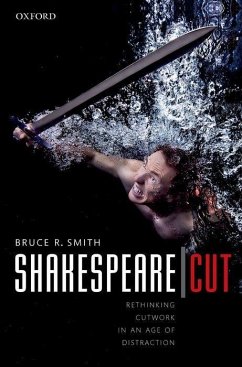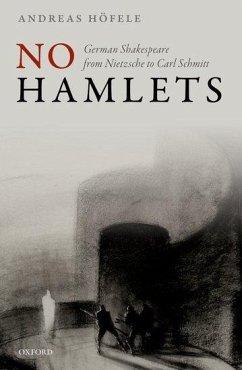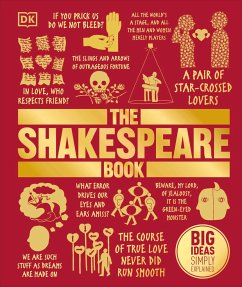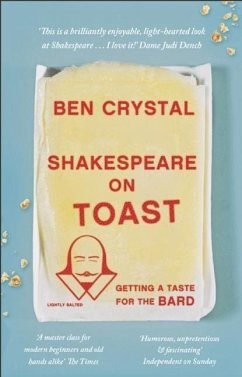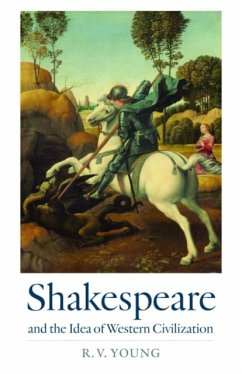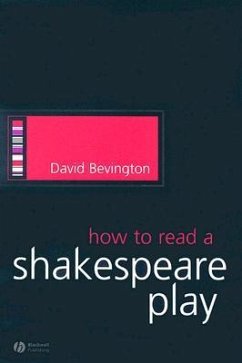
Shakespeare Cut
Rethinking Cutwork in an Age of Distraction
Versandkostenfrei!
Versandfertig in über 4 Wochen
53,99 €
inkl. MwSt.

PAYBACK Punkte
27 °P sammeln!
Video cuts in Shakespeare productions by companies like the Wooster Group and Toneelgroep Amsterdam, cut-and-paste searches of Shakespeare's texts in online databases, cut-scenes from Shakespeare in video games, mp3 files of famous Shakespeare speeches by famous actors, mash-ups using Shakespeare clips on YouTube, not to mention customary cuts to Shakespeare's scripts in stage productions and films: all are examples of how Shakespeare is being consumed today through cuts. In distracted times Shakespeare has, in more ways than one, been driven to distraction. Shakespeare Cut considers these c...
Video cuts in Shakespeare productions by companies like the Wooster Group and Toneelgroep Amsterdam, cut-and-paste searches of Shakespeare's texts in online databases, cut-scenes from Shakespeare in video games, mp3 files of famous Shakespeare speeches by famous actors, mash-ups using Shakespeare clips on YouTube, not to mention customary cuts to Shakespeare's scripts in stage productions and films: all are examples of how Shakespeare is being consumed today through cuts. In distracted times Shakespeare has, in more ways than one, been driven to distraction. Shakespeare Cut considers these contemporary practices, but it also takes the long view of how Shakespeare's texts have been cut apart in creative ways beginning in Shakespeare's own time. The book's five chapters consider cuts, cutting, and cutwork from a variety of angles: (1) as bodily experiences, (2) as essential parts of the process whereby Shakespeare and his contemporaries crafted scripts, (3) as units in perception, (4) as technologies situated at the interface between "figure" and "life," and (5) as a fetish in western culture since 1900. Printed here for the first time are examples of the cut-ups that William S. Burroughs and Brion Guysin carried out with Shakespeare texts in the 1950s. The illustrations range from seventeenth-century promptbooks to the earliest photographs of Shakespeare performers in the 1840s and '50s to cards from "The Shakespeare Game" published in 1900 to Wyndham Lewis's lithograph of "Timon of Athens" for the first issue of BLAST in 1914 to stills from contemporary multimedia productions like Toneelgroep's Kings of War -- publisher website.




